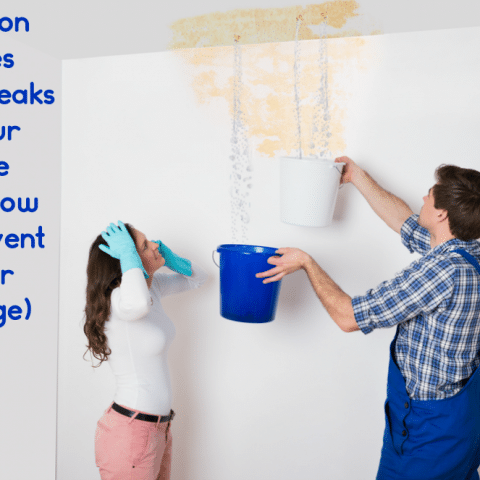How to Check If Your Home Has a Covert Leak
How to Check If Your Home Has a Covert Leak
Blog Article
The article in the next paragraphs about Detecting hidden plumbing leaks is rather remarkable. Read it yourself and figure out what you think about it.

The moment you discover a leakage, calling your plumber for repairs is the very best option. Some tiny water leakages might not be noticeable. Here are some hacks that assist if you can not identify it with your naked eyes.
Early discovery of dripping water lines can mitigate a potential catastrophe. Aside from conserving you cash, it will decrease the worry and irritation.
Inspect Water Usage
Examine your water costs and track your water usage. As the one paying it, you ought to notice if there are any type of discrepancies. If you detect sudden changes, in spite of your intake being the same, it means that you have leakages in your plumbing system. Bear in mind, your water bill need to fall under the same range on a monthly basis. A sudden spike in your costs suggests a fast-moving leak.
A consistent boost every month, also with the very same habits, shows you have a slow-moving leakage that's also gradually rising. Call a plumber to completely inspect your residential or commercial property, specifically if you really feel a warm area on your flooring with piping underneath.
Analyze the circumstance and check
Property owners ought to make it a practice to inspect under the sink counters and also inside cabinets for any type of bad odor or mold and mildew development. These two red flags show a leak so timely attention is called for. Doing regular inspections, also bi-annually, can save you from a major trouble.
Analyze the Water Meter
Checking it is a surefire method that assists you discover leaks. If it moves, that shows a fast-moving leak. This suggests you might have a slow-moving leakage that can also be underground.
Asses Outside Lines
Do not fail to remember to examine your outside water lines too. Must water seep out of the connection, you have a loose rubber gasket. One little leakage can squander loads of water as well as surge your water bill.
Do a Food Coloring Test
30% comes from toilets when it comes to water intake. Examination to see if they are running appropriately. Decline specks of food color in the tank and also wait 10 minutes. There's a leak between the tank and also dish if the color in some way infiltrates your dish during that time without flushing.
Check for discolorations and also weakening as most devices and also pipes have a life expectations. If you believe dripping water lines in your plumbing system, do not wait for it to rise.
The moment you find a leak, calling your plumber for repairs is the ideal option. Some tiny water leaks might not be visible. Checking it is a guaranteed means that helps you find leaks. One little leak can throw away tons of water and surge your water expense.
If you think dripping water lines in your plumbing system, don't wait for it to intensify.
5 Signs that Your Home Has a Hidden Leak
Your water bill is unusually high without explanation
Generally, your water bill tends to stay consistent throughout the year as long as the same number of people live in your household year round. The bill might be higher during certain times of the year, such as summer, when your lawn may require more watering than it does in cooler months. However, if you notice a rise in your water bill that you can’t explain, it’s an indicator that there’s a hidden leak somewhere in your home.
You hear running water
One of the biggest signs that you have a water leak is the sound of rushing water when no plumbing fixtures are on and when no water-using appliances are running. If you hear running water in your walls when no water is being used anywhere in your home, locate your home’s main water shut-off valve, shut off your water supply, and contact a plumber at once.
Your home smells musty
Hidden leaks often occur in dark spaces, such as behind walls or under carpeting. Incidentally, darkness and moisture can create an ideal breeding environment for mold or mildew. If you start to smell mildew or the scent of rotting wood or stagnant water around your home, it’s a fair bet that a leak is the culprit.
You find wet spots around your home
The wet spots usually show up as moist areas in your carpeting. If your home has a basement level, puddles on the floor could indicate a slab leak. Outside, unexplainable puddles or lush, green patches in your yard often mean that there’s a leak in your sewer line or main water line.
You have stains, bubbles, or condensation on your walls/ceiling
Stains or condensation on your walls or ceiling are both major signs of a hidden leak. Also, drywall (AKA. sheetrock) is very absorbent, and as it takes on more water from a leak behind a wall, it will start to bubble, swell, or warp. If you see this happening in your home, don’t wait to contact a plumber before the water damage spreads.
https://www.ezflowplumbingaz.com/blog/2019/june/5-signs-that-your-home-has-a-hidden-leak/

I ran across that review about Locating water leaks when perusing the web. Enjoyed our blog posting? Please share it. Let somebody else find it. Thanks a lot for your time. Come back soon.
Report this page